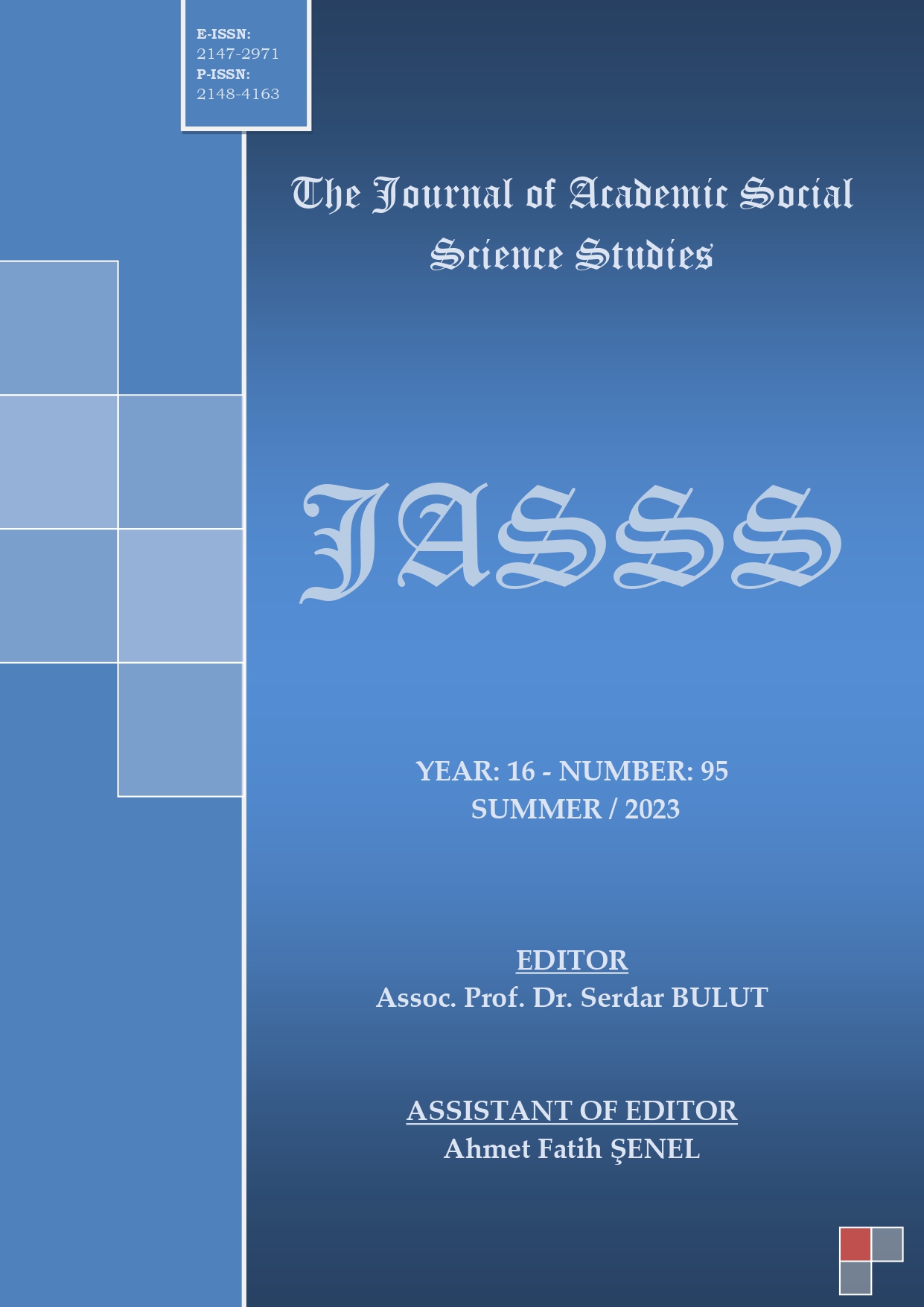EHL-Î SÜNNET’İN HABERÎ SIFATLAR KONUSUNDA ŞİÂ, MÜŞEBBİHE, MÜCESSİME VE MU‘TEZİLE’YE YÖNELTTİĞİ ELEŞTİRİLER
Author :
Abstract
Haberî sıfatların nasıl anlaşılması gerektiği hususu, İslâm’ın erken dönemlerinden itibaren en çok tartışılan ve çeşitli ekollerce konu edinilen önemli meselelerdendir. Nitekim naslarda geçen müteşâbih ifadeler, zâhir lafızlarıyla değerlendirildiğinde değişik problemlere, Müslümanlar arasında fikrî münakaşalara, kelâm ve mezhepler tarihi içinde neşet eden ekollerde, Allah hakkında yanlış tasavvurların oluşmasına sebep olmaktadır. Bundan ötürü İslâm âlimleri haberî sıfat içeren âyet ve hadislerin doğru anlaşılması amacıyla bazı yöntemler geliştirmişlerdir. Bu yöntemlerden biri te’vil yöntemidir. Nitekim manâ itibariyle müteşâbih olan sıfatların te’vil edilip edilemeyeceği hususunda ihtilafa düşen fırkalar genel olarak üç gruba ayrılmışlardır. Bunlar, teşbîh ve tecsîm yöntemini benimseyen Müşebbihe ve Mücessime; nefy/taʻtîl yolunu savunan Cehmîyye, Mu‘tezîle ve Şîa; tefvîz, tevakkûf, isbât ve te’vil yöntemini kullanan Ehl-i Sünnet’tir. Müşebbihe, Mücessime, Cehmiyye, Mu’tezile ve Şîa, tarihi gelişimleri içerisinde bu konuda ortaya koydukları hatalı bazı yorumlarla toplum içinde çeşitli ayrışmalara sebep olmuşlardır. Ehl-i Sünnet ise bu ekollerin dile getirdikleri iddialara kayıtsız kalmayarak genel temayülü yansıtacak şekilde doyurucu cevaplar vermiş ve bu ayrışmanın giderilmesi için elinden gelen gayreti göstermiştir. Biz bu çalışmada kaynak taraması yöntemini kullanarak başta klasik telifler ile günümüzde bu konuda yazılan çeşitli makalelere başvurduk. Ayrıca Kelâm ve İslâm mezhepleri tarihinde telif edilen diğer kaynaklardan istifade cihetine gittik. Amacımız; mezkûr fırkalarca müteşabih naslar hakkında ortaya konulan bazı yanlış yorumlamalara, ehl-i sünnet penceresinden ışık tutmak ve çözüm aramaktır. Nitekim bu hususta yaptığımız çalışmalar neticesinde ehl-i sünnet âlimlerinin haberi sıfatlar meselesinde diğer mezheplerce yapılan bazı yanlış yorumlamalara verdikleri cevapların tatmin edici olduğuna şahit olduk.
Keywords
Abstract
The issue of how to understand Habari attributes is one of the most debated and important issues that have been discussed by various schools since the early periods of Islam. When the mutashabih statements in the religious texts are evaluated with their apparent words, they cause different problems, intellectual disputes among Muslims, and wrong conceptions about Allah in the Science of Kalam and in schools that emerged in the history of theology and sects. For this reason, Islamic scholars developed some methods to understand the Verses and Hadiths containing Habari attributes in an accurate manner. One of these methods is the Method of Ta’wil. The sects that disagreed on whether mutashabih attributes could be interpreted or not were generally divided into three groups. These are Mushabbiha and Mujasima, who adopted the method of teshbih and tacsim; Jahmiyyah, Mu’tazila and Shia, who advocated the nefy/ta’til way; and the Ahl as-Sunnah who used the methods of ta’wiz, tawakkuf, isbat, and ta’wil. In their historical development, Mushabbiha, Mujasimah, Jahmiyyah, Mu’tazila, and Shia caused various divisions in society with some erroneous interpretations they put forward. Ahl as-Sunnah, on the other hand, did not remain indifferent to the claims made by these schools, gave satisfactory answers reflecting the general tendency, and did its best to eliminate the related disintegration. In the present study, various articles written on this subject were analyzed, especially classical copyright works, by using the Literature Review Method. Other sources written in the history of theology and Islamic sects were also made use of. The purpose was to shed light on some of the misinterpretations put forward by the abovementioned sects about Mutashabih texts from the perspective of the Ahl as-Sunnah and to seek solutions. As a result of the analyses on this subject, it was found that the answers given by the scholars of Ahl as-Sunnah to some misinterpretations of other sects on the issue of Habari Attributes were satisfactory.





